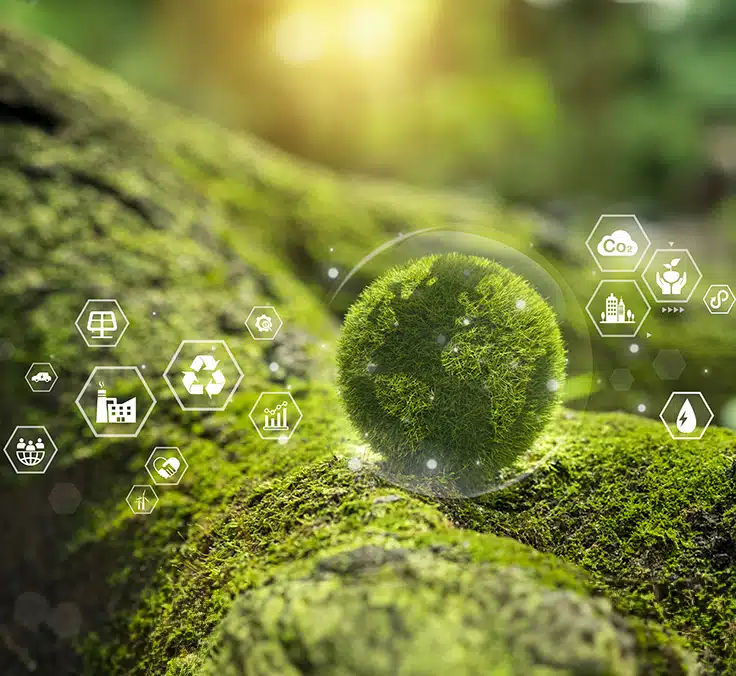SUSTAINABILITY | 08.05.2024
To apply circular economy at home, where to start?

Ariadna Romans
The circular economy is a key concept in the climate transition. However, as with every concept, it is sometimes difficult to put it into practice, especially when it comes to the private sphere, such as the home. Here are some tips for applying the circular economy concept at home.
In discussions of sustainability, the term “circular economy” is often used. We can see how textile companies adopt it to reduce their footprint in the industry, how some innovators reuse objects to give them a new use, and even projects that retrieve used vehicle parts to add market value. However, while transformations in some sectors are more intuitive and easy to adopt, there are places where we need more ingenuity.
What is the circular economy?
The Ellen MacArthur Foundation defines the circular economy as “an economic system in which materials never become waste, everything is used at their highest possible value for the longest possible time and nature is regenerated.”
The concept of circularity is closely related to natural cycles, in which there is no notion of waste because everything ends up being useful. This systemic proposal seeks to implement strategies that achieve this effectiveness and that replicate themselves in the same way in social processes.
The three arguments of circularity
Waste is therefore the enemy. According to the Circular Gap Report 2024, the circular economy is becoming more popular, but it is not producing results. Proof of this is data such as that the use of secondary materials consumed by the global economy decreased from 9.1% in 2018 to 7.2% in 2023, i.e., a fall of 21% in five years.
There are three main principles in the circular economy: recycling, reusing and reducing. The first refers to using a surplus or object and giving it a new life; the second to use the same product or object multiple times to optimize its use; and the third insists on the need to stop manufacturing and/or using materials that we do not need.
However, as we have seen, this is not enough. So some companies have advocated for more comprehensive approaches, promoting the 9 Rs: reduce, reuse, recycle, redesign, recover, repair, reject, remanufacture and restore. Thus, it encompasses not only spaces that were diffuse with the three Rs, but also focuses on understanding the complexity and diversity of applications and opportunities.
How to have a circular home?
Although action always focuses on the macro scale, involving most of the population also requires taking into account what can be done in the privacy of one’s home.
The first, and possibly the most common, step is to recycle correctly by sorting waste in the corresponding containers. If you want to do more to recycle at home, organic waste can be composted in composters that may be either individual or shared by a community of residents.
But this alone is not enough. We also need to reduce, for example, the consumption of plastics. Also, choose, to the extent and capacity of each household, products of higher quality and durability and be more aware and responsible for our consumption of energy and water.
Finally, reuse can be applied by purchasing secondhand products, as they contribute to maximum use. We can also organize the lending or exchange of products such as tools, clothing or books. Finally, supporting sustainable companies and brands that are committed to circularity is key.
Move forward with us toward a green, sustainable and waste-free future
The work of individuals must be aligned with the work of organizations in order to achieve systemic transformation toward sustainability. MAPFRE is a promoter of this principle. It is the first insurer to sign the Pact for a Circular Economy of the Ministry of Ecological Transition and Demographic Challenge of the Spanish Government.
It has also implemented programs such as “I Repair” or “Second Life” training program, while also fostering sustainable entrepreneurship based on circular principles.
RELATED ARTICLES:



